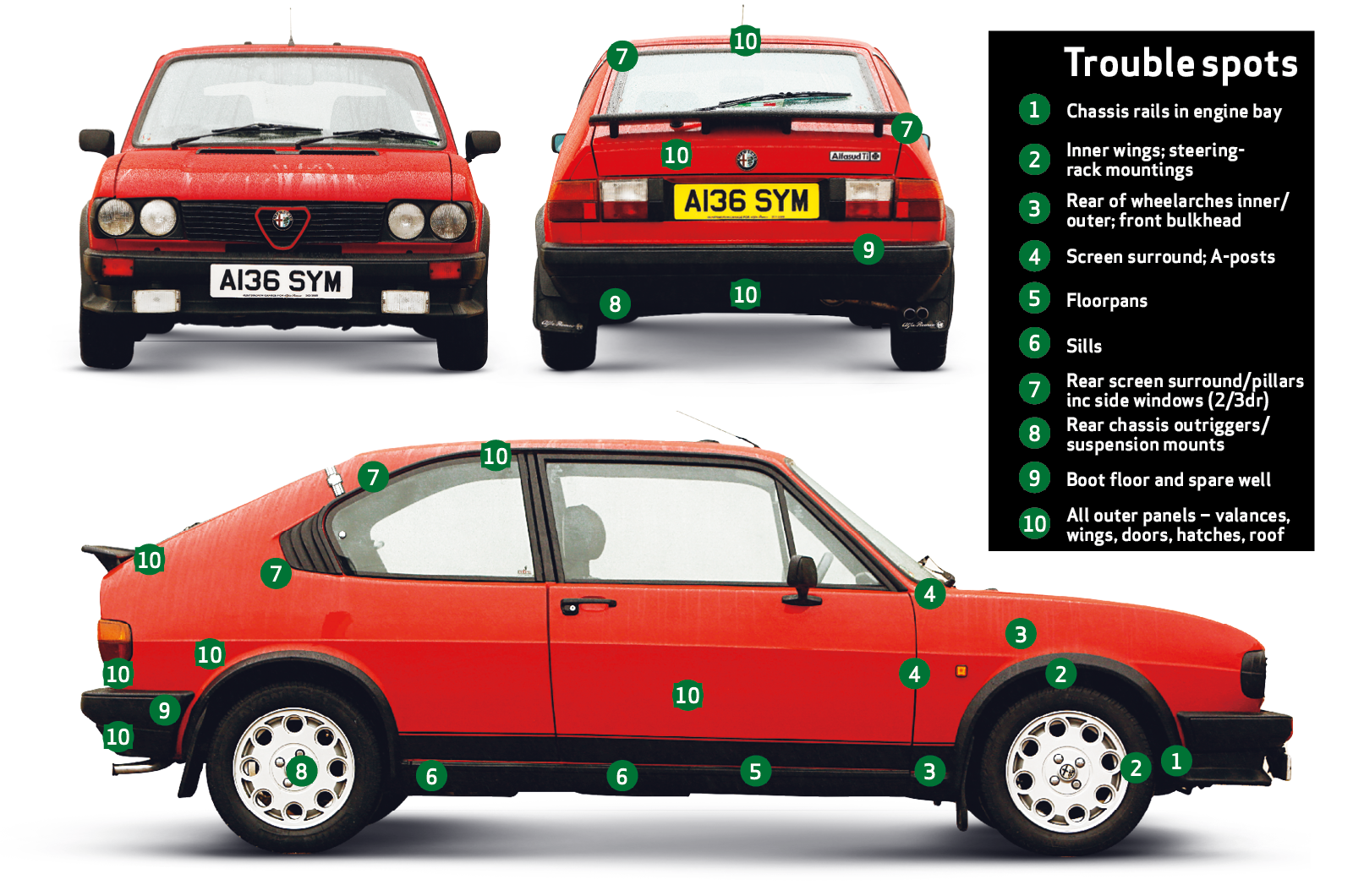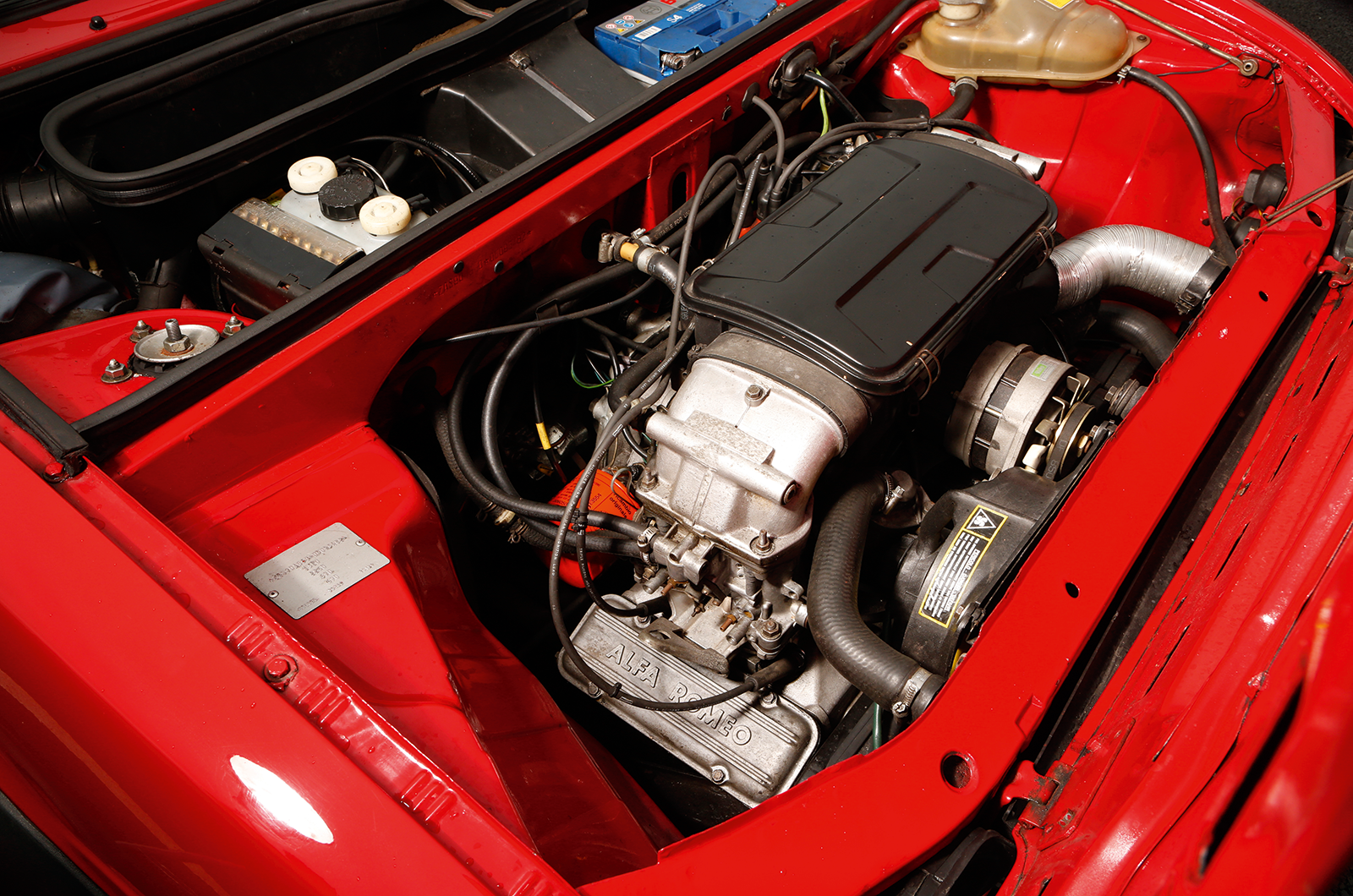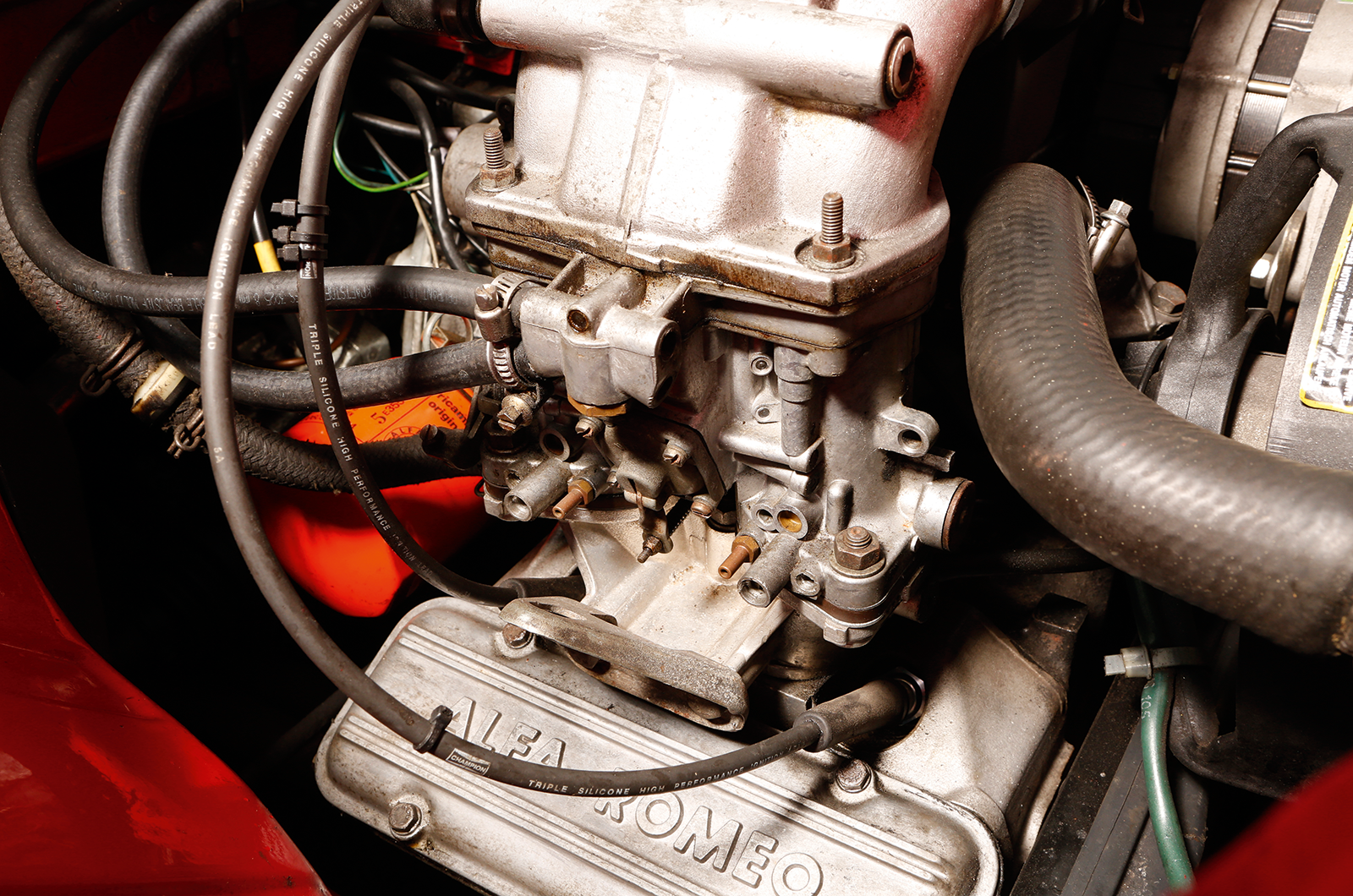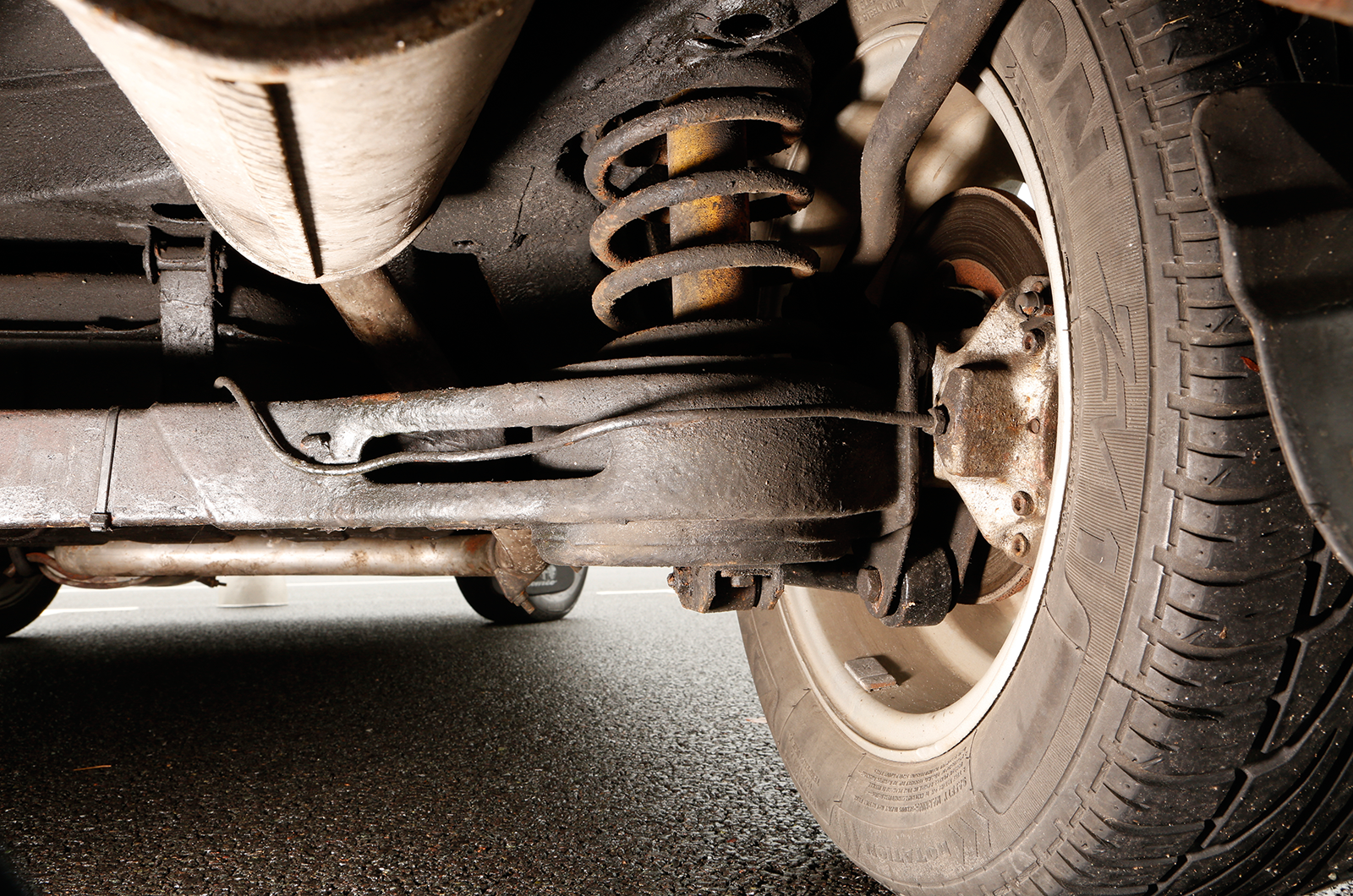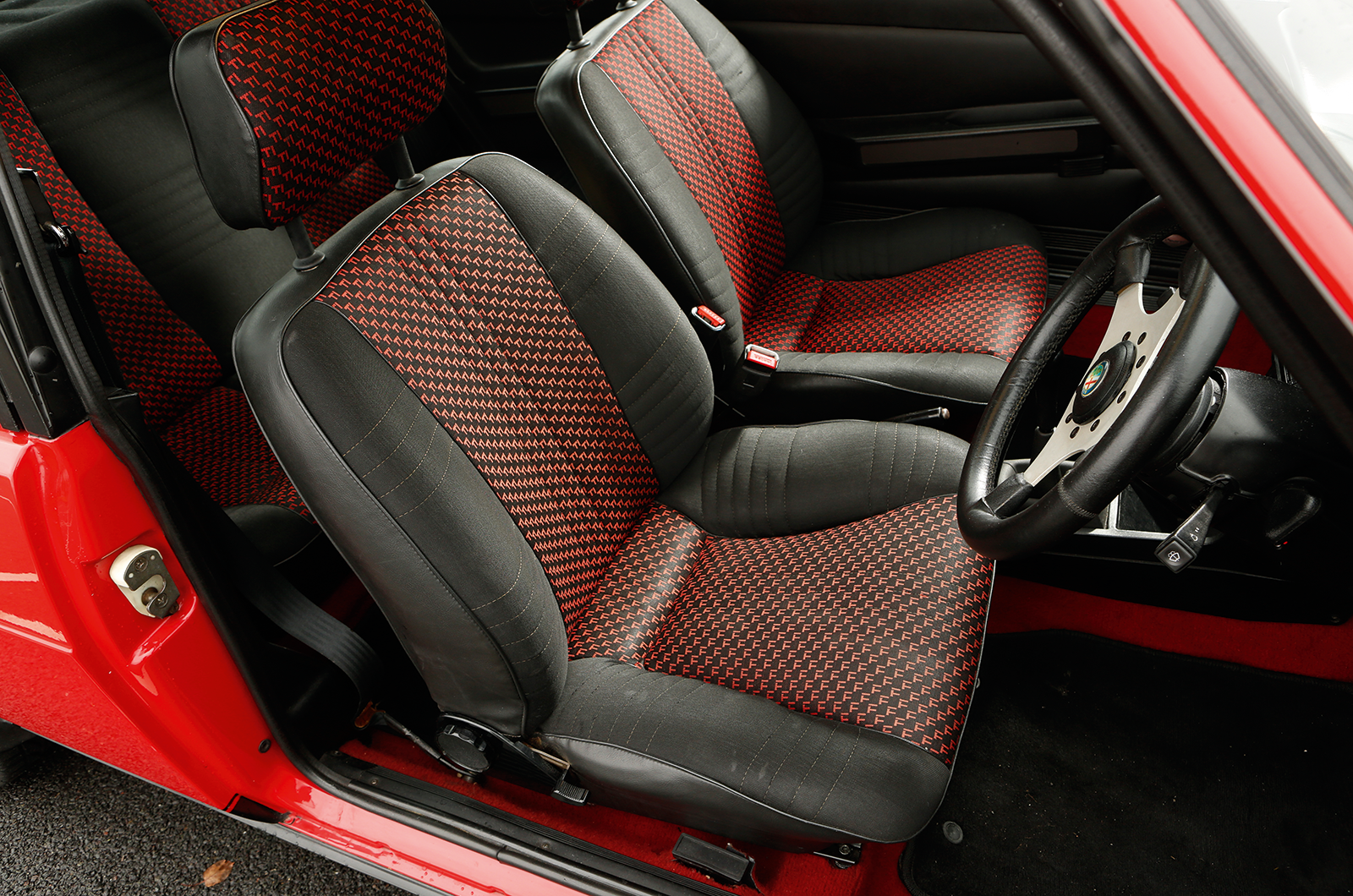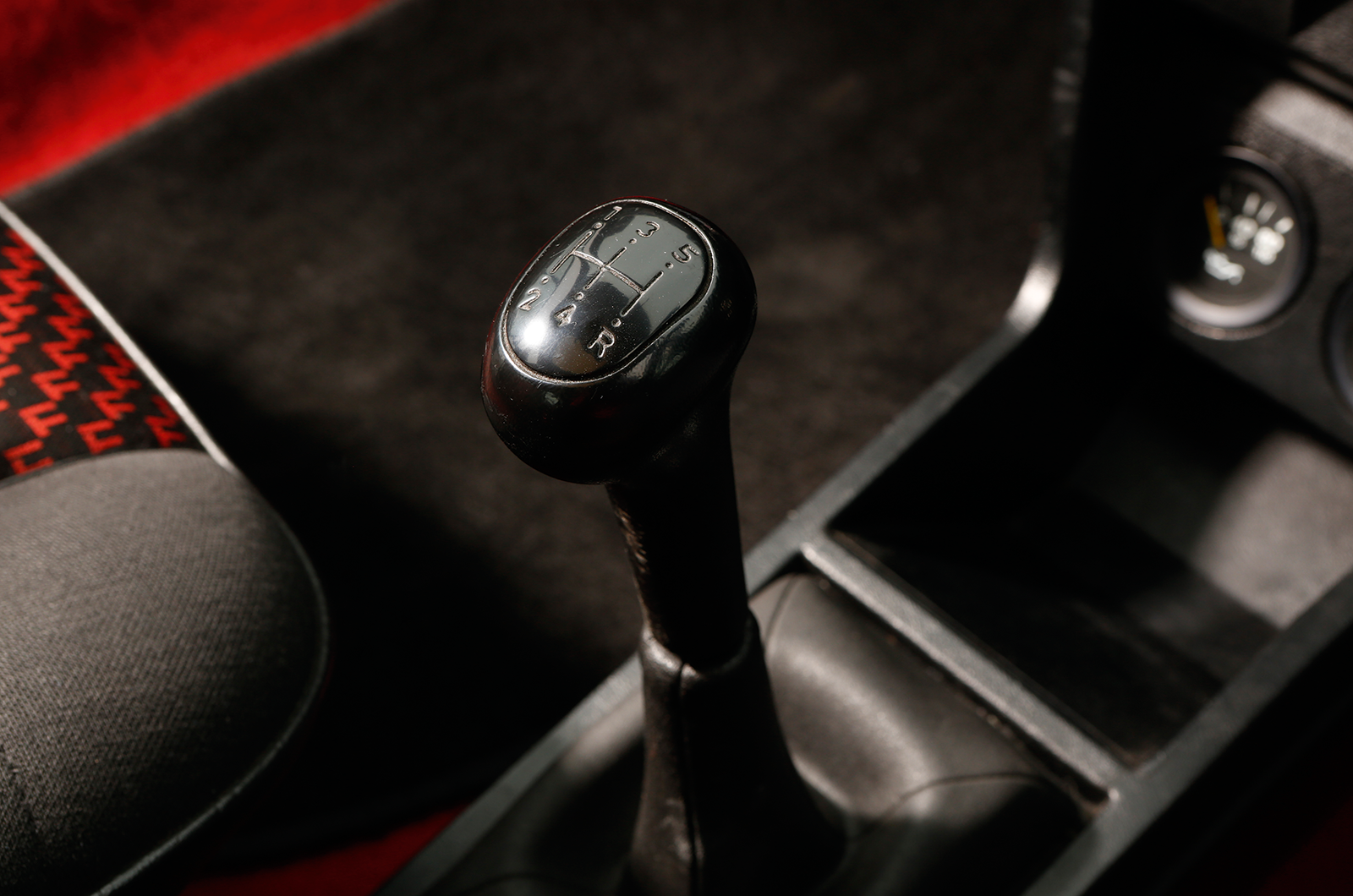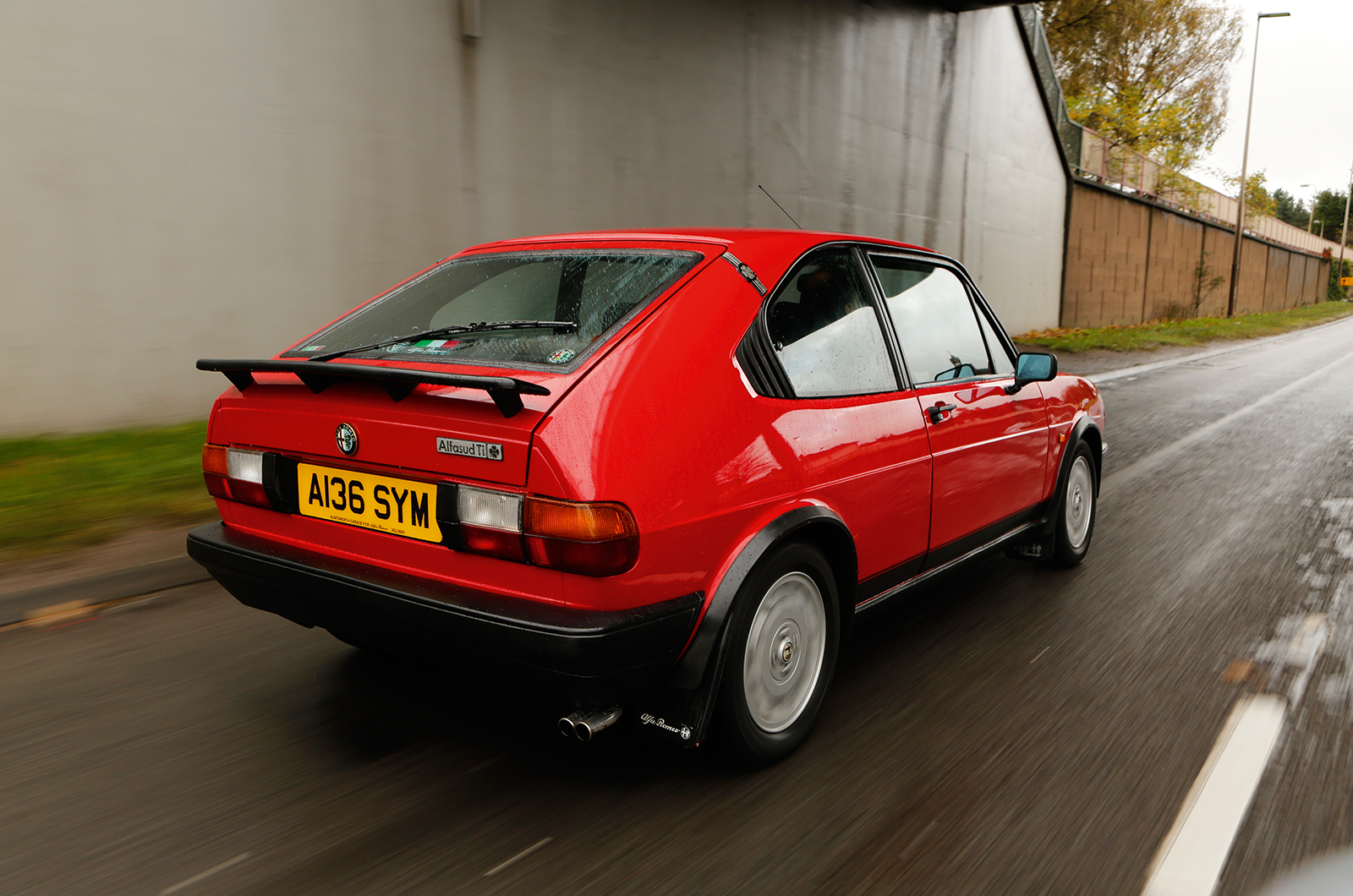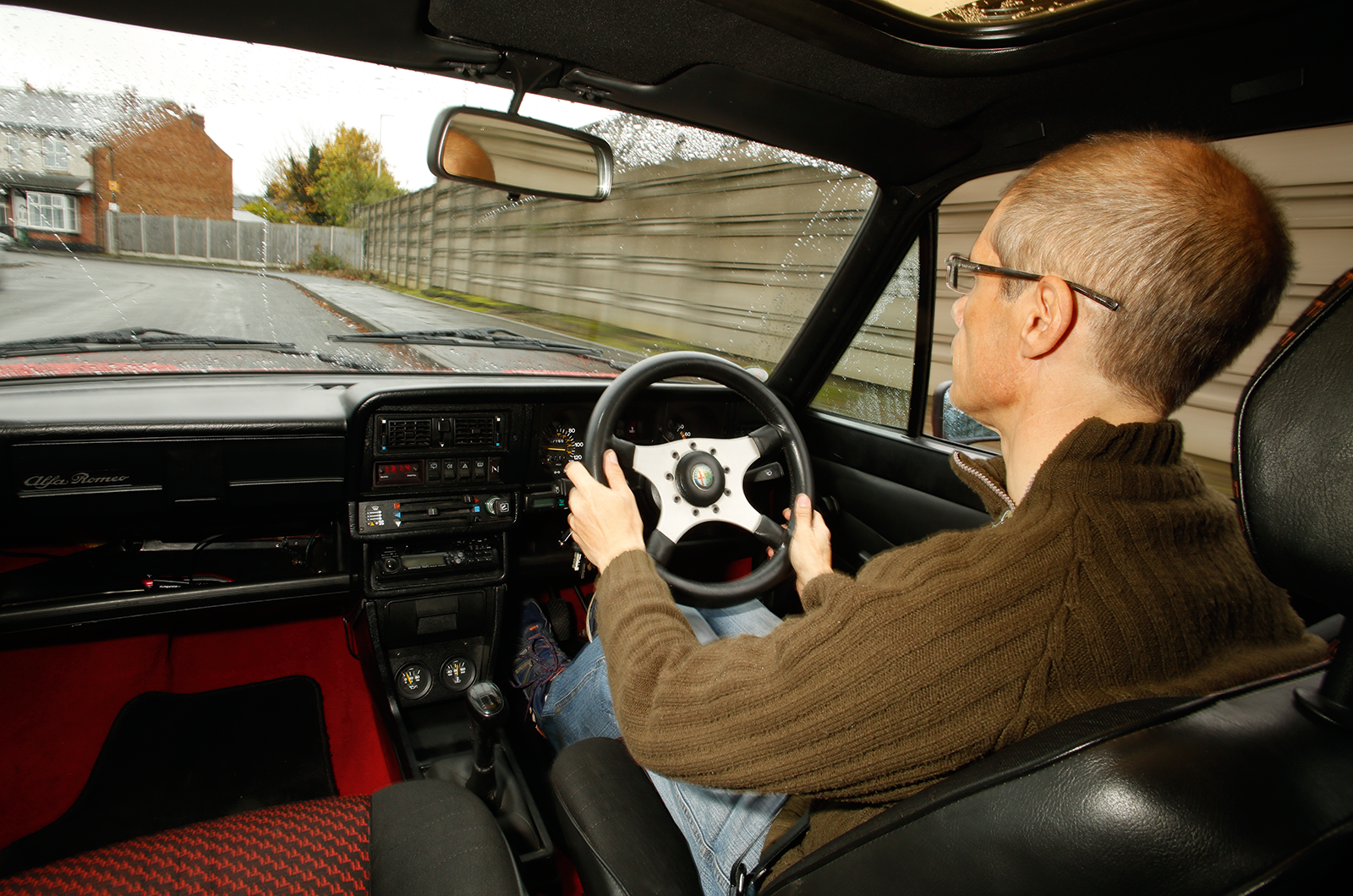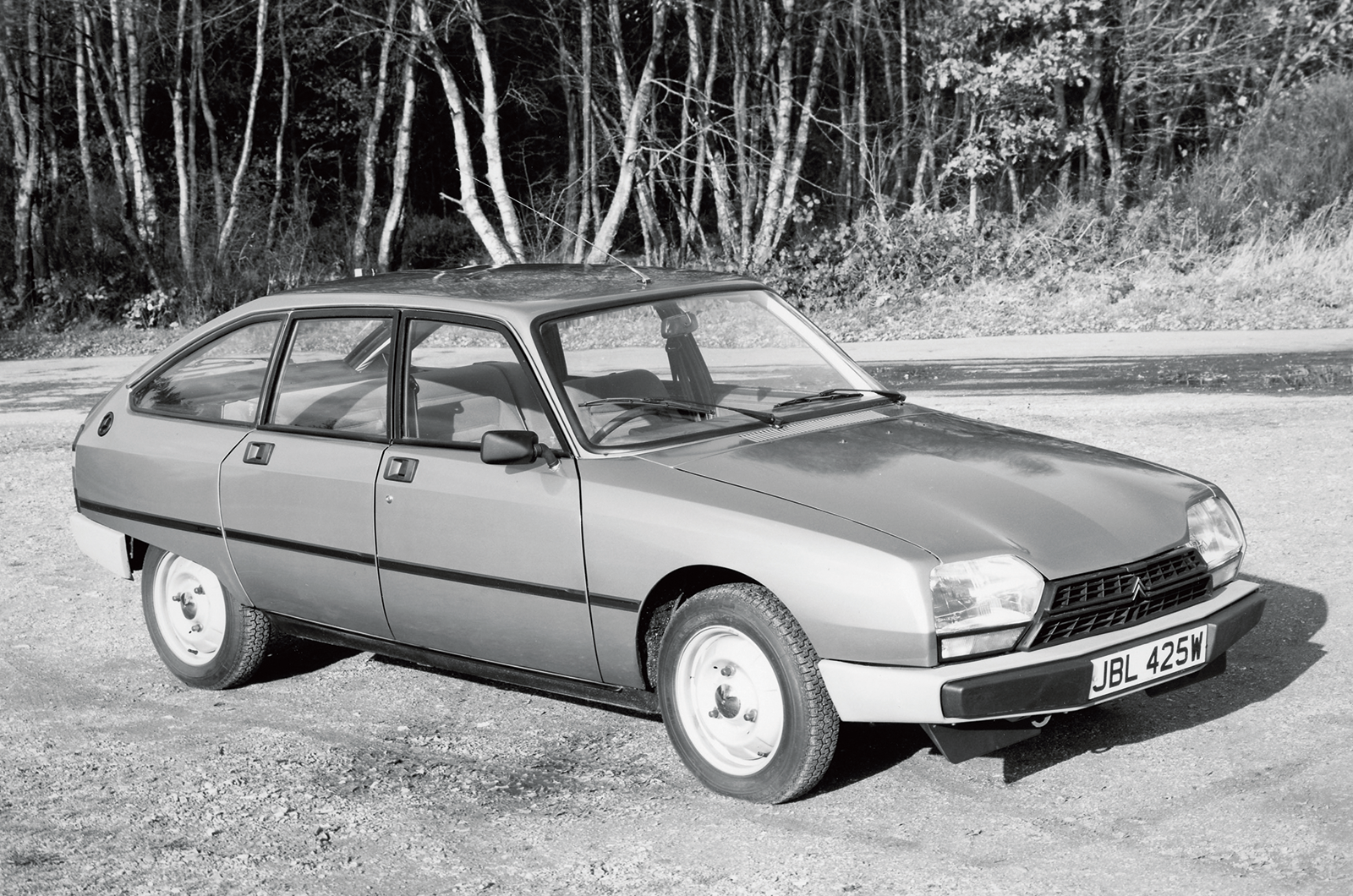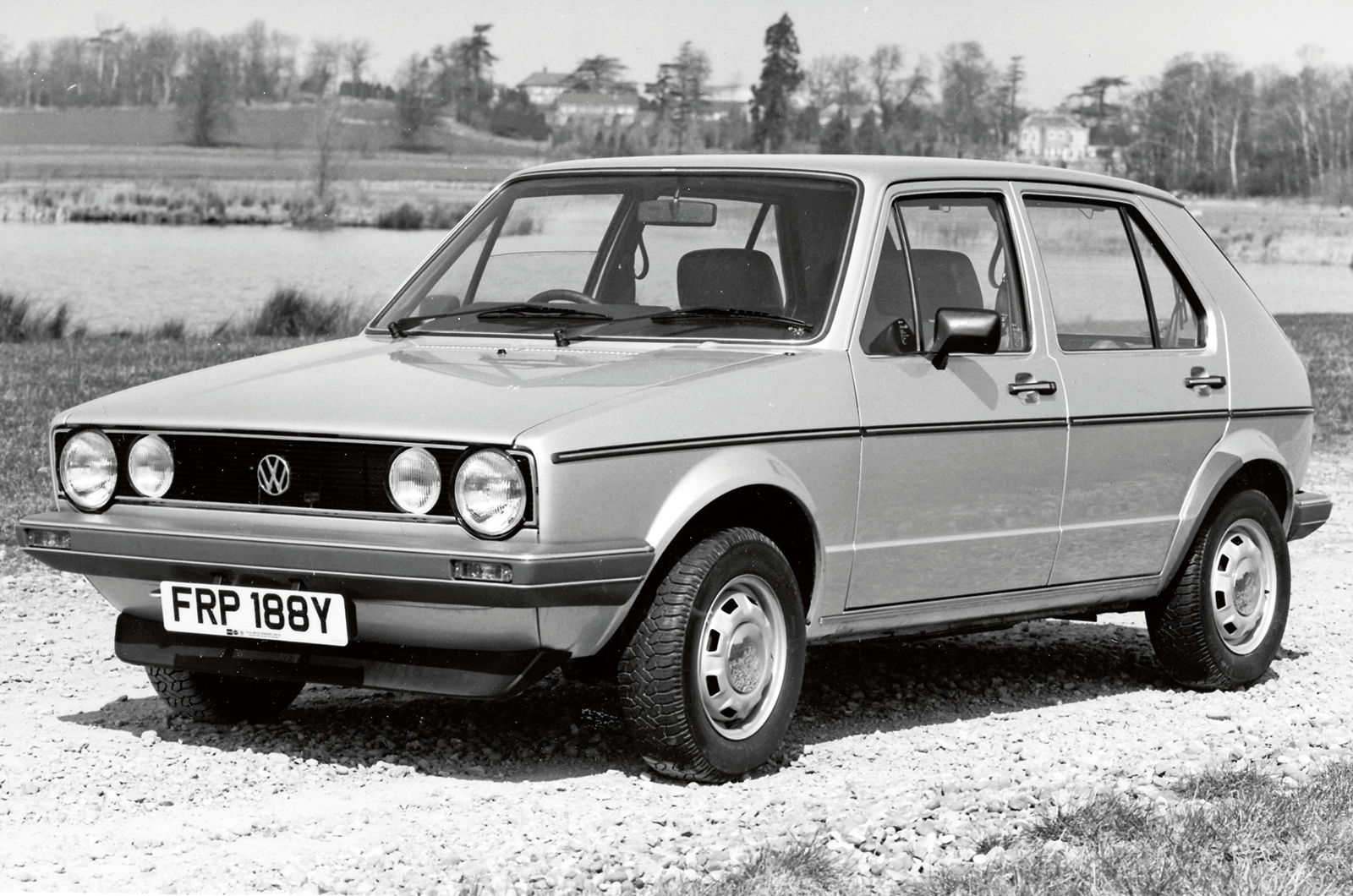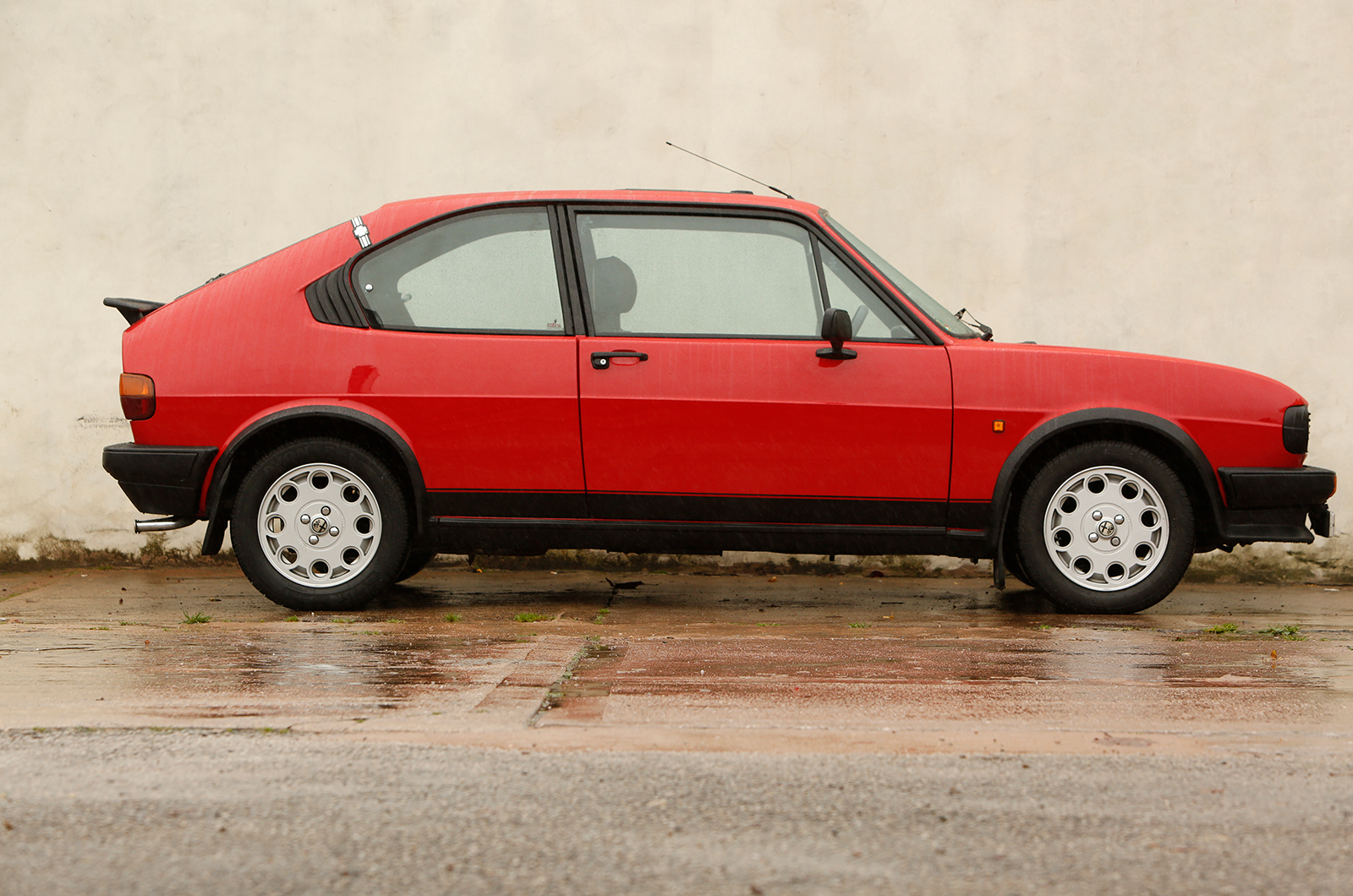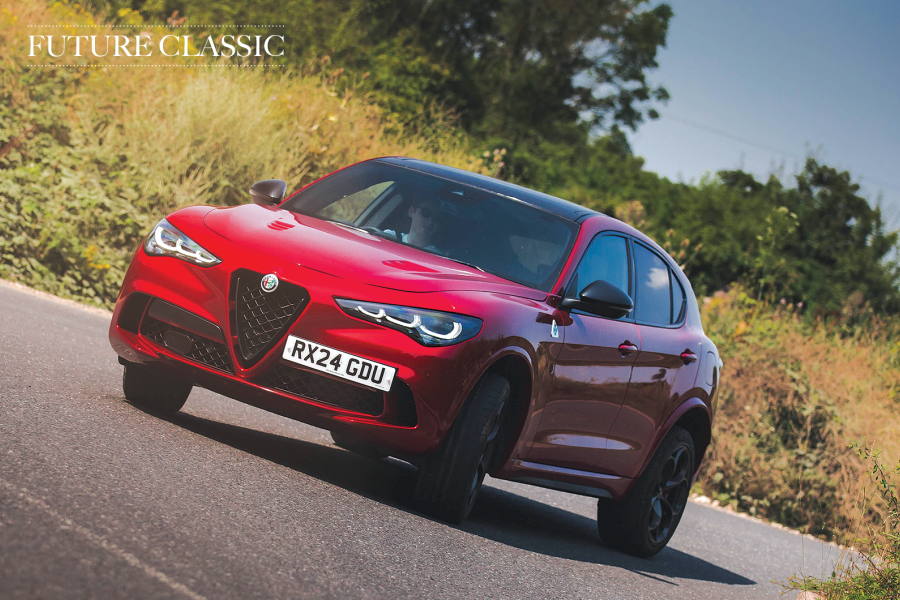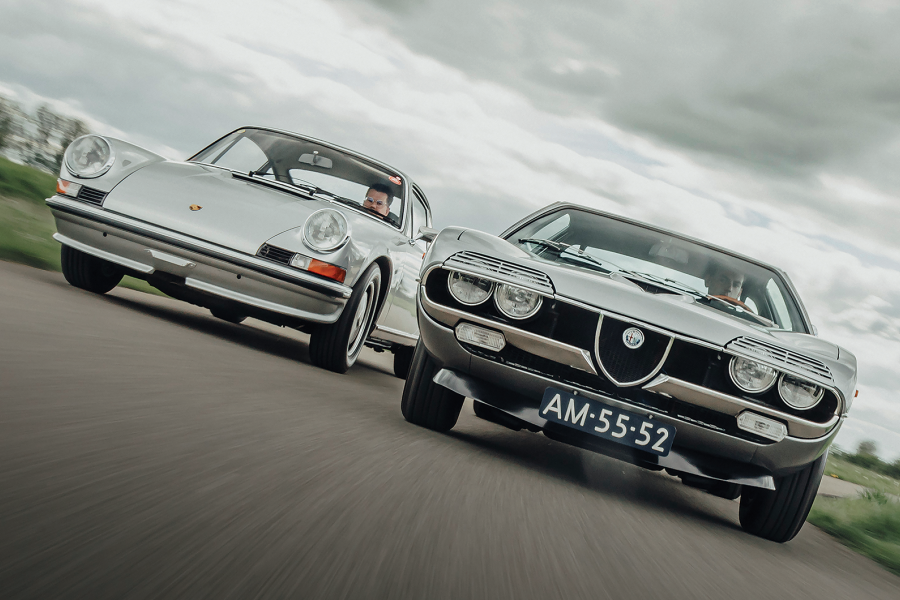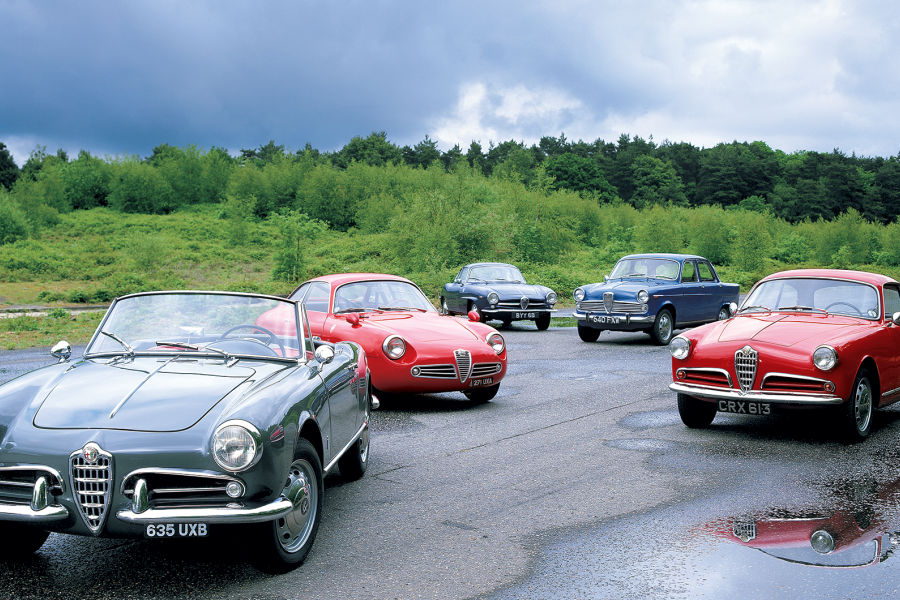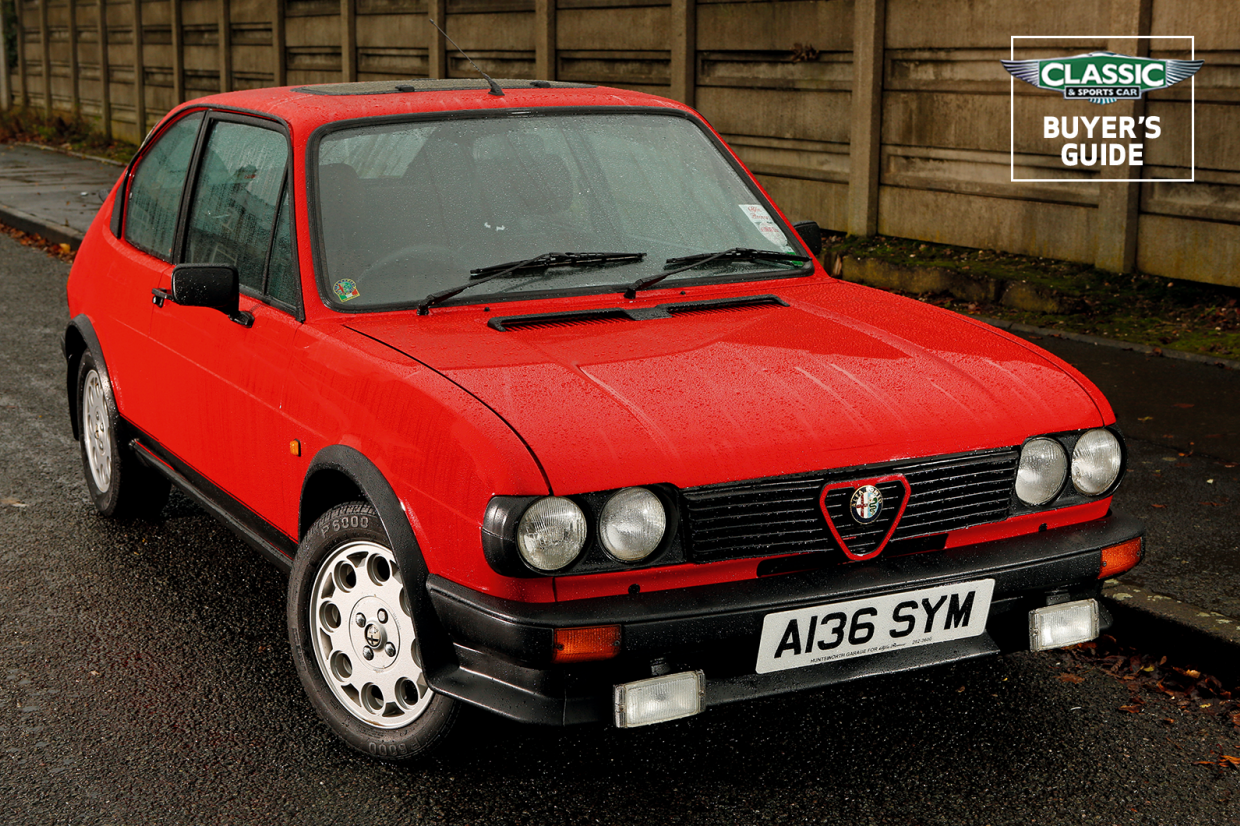
Why you’d want an Alfa Romeo Alfasud
Alfa Romeo really pushed the boat out with the Giugiaro-styled Alfasud – an all-new car with an all-new powertrain built in an all-new factory.
Despite its small engine, the Alfasud impressed from the start with its superb handling, roadholding and high cruising speed, enhanced by all-round disc brakes, a good driving position and a swift, light gearchange plus exceptional quietness and refinement.
Its packaging was a revelation, the short engine allowing it to be surprisingly roomy for its size – the only disadvantage being pedals heavily offset towards the centre of the car to clear the front wheelarch.
Small Alfas had been proposed in the past – including a 750cc transverse-twin front-drive saloon in ’52 and a 1000cc ‘four’ in 1960, dropped when the firm was contracted to build the Renault Dauphine and R4 for the Italian market. Rudolf Hruska’s Sud was the first to reach production.
Government investment was essential to fund it, but the penalty was that the car had to be built in Italy’s impoverished south, where labour relations would be a constant impediment.
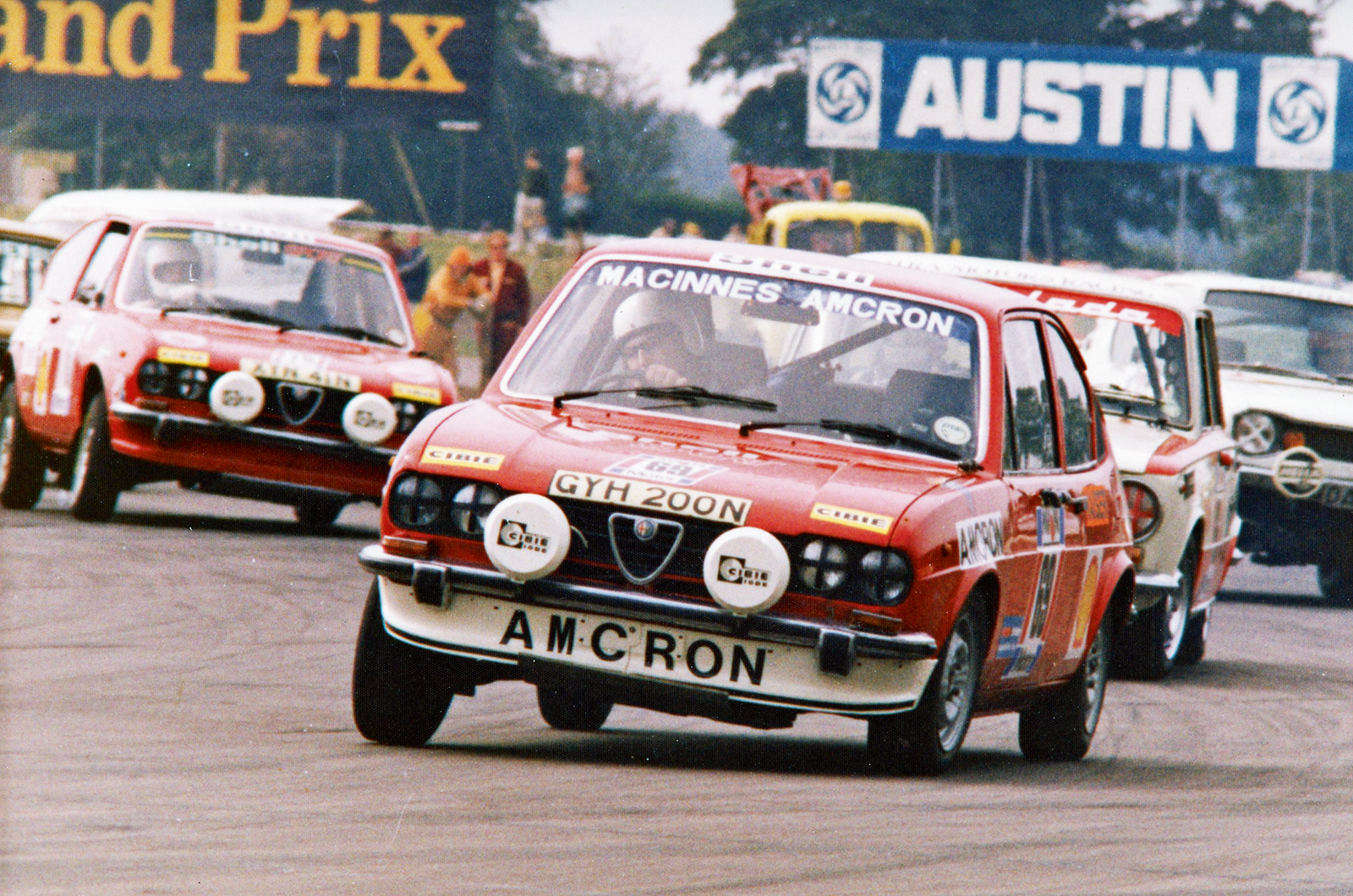
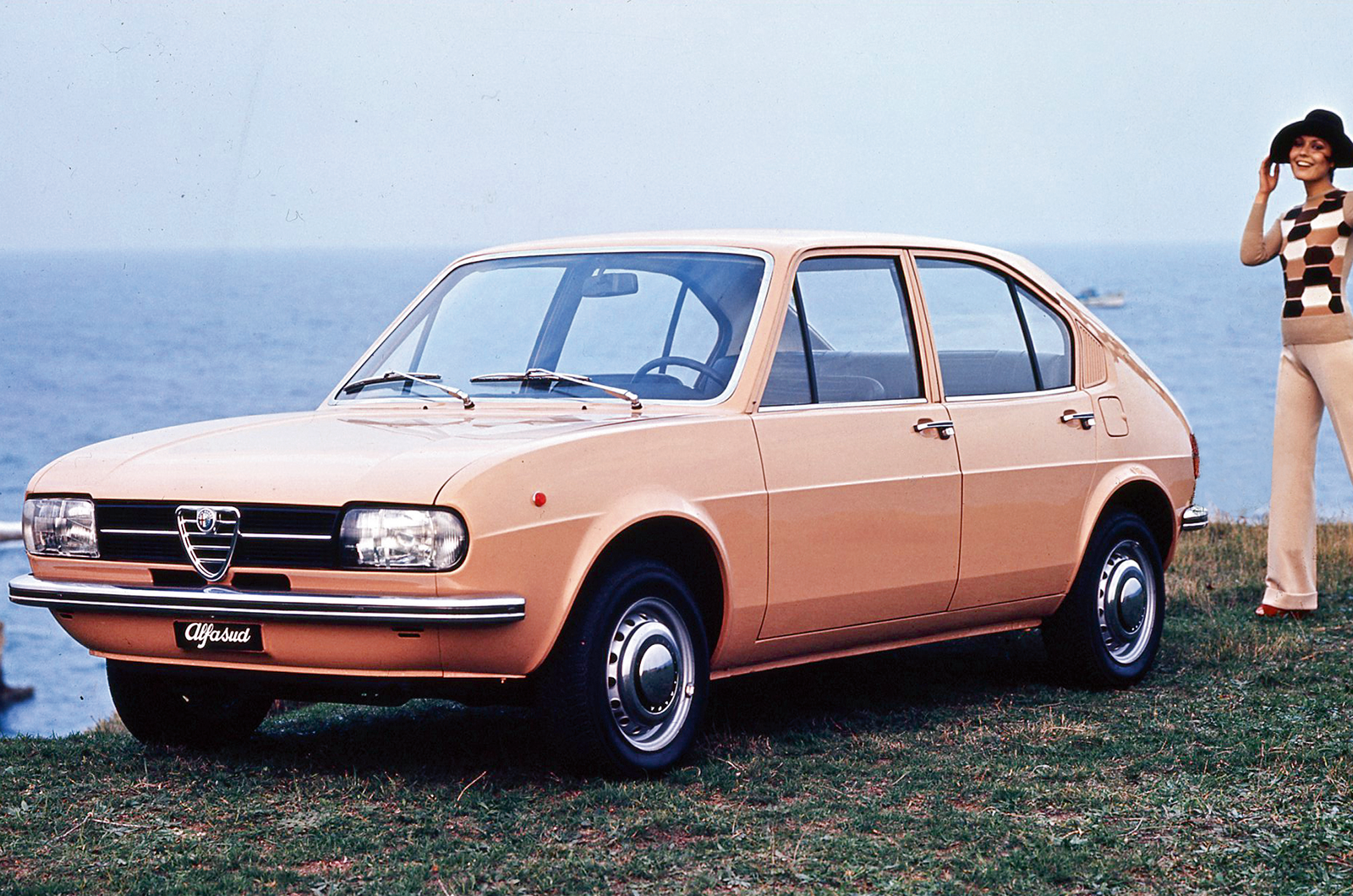
Suds battling with Lada on ’75 Tour of Britain, Silverstone (left); pretty early cars had chrome bumpers and oblong lamps

